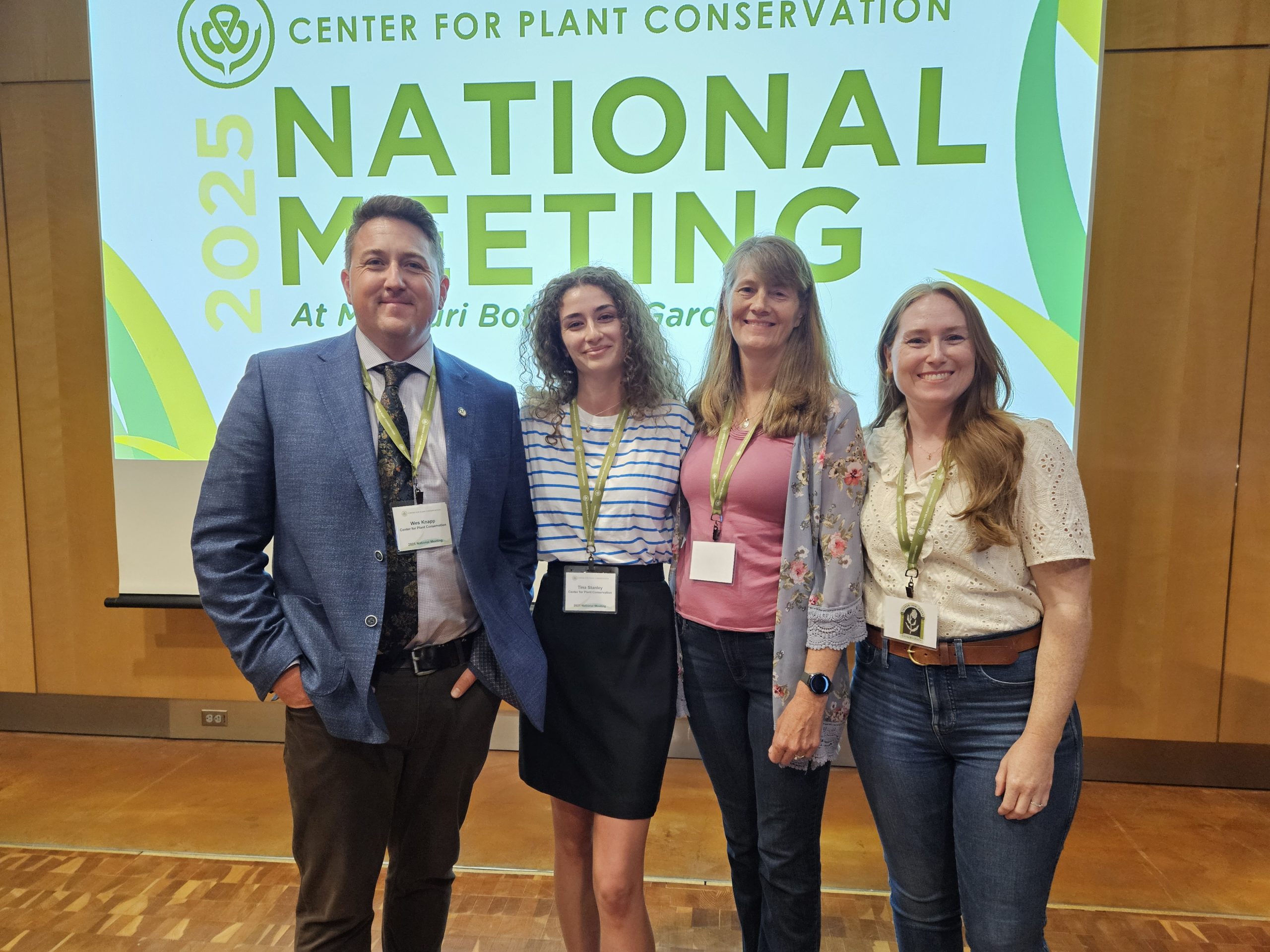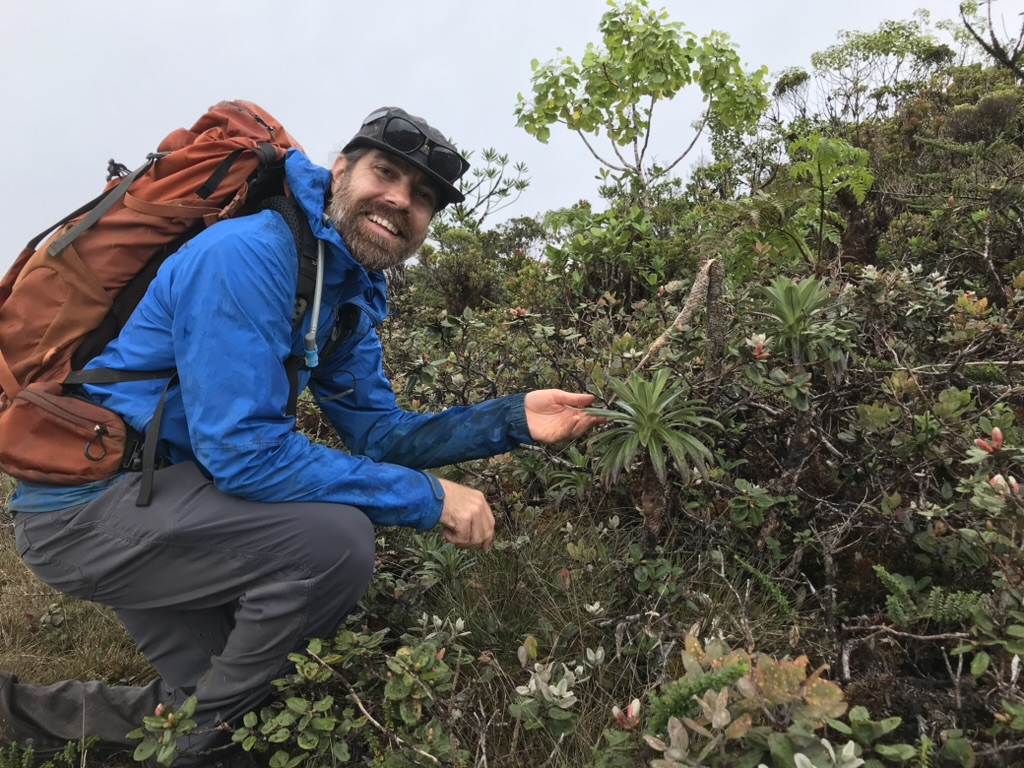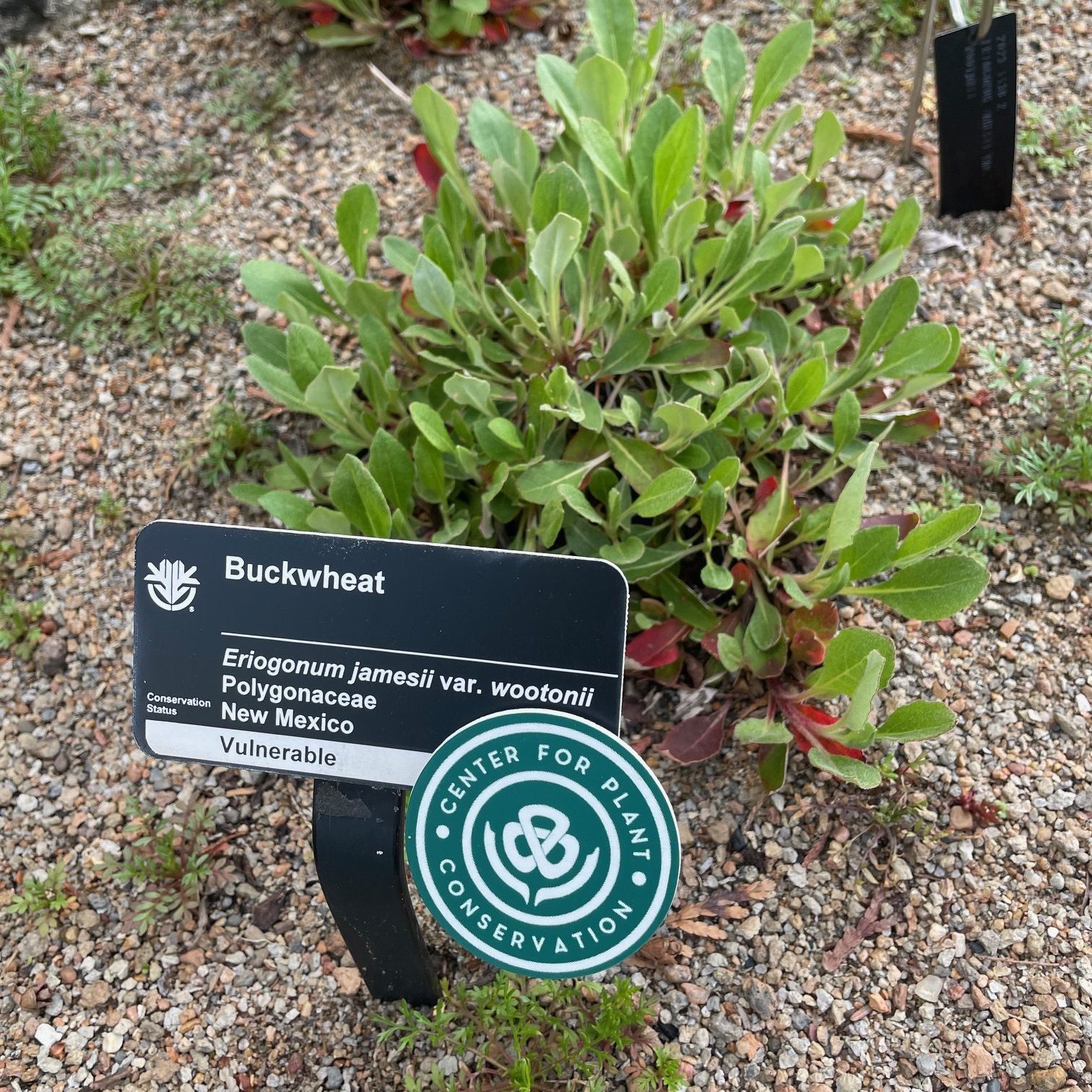Save Plants: July 2022 Newsletter
CENTER FOR PLANT CONSERVATION
July 2022 Newsletter
The Center for Plant Conservation is a community of practice: field work, teamwork, and our network all contribute to meaningful conservation actions that Save Plants. I knew this long before I proffered my help as Interim President and CEO, and I hope it inspires the next leader of this organization as we begin the search for the next President and CEO of CPC. In this issue, we highlight the importance and effectiveness of organizational collaboration with an update on CPC’s work with the United States Forest Service and The Arboretum at Flagstaff to make conservation seed collections of Goodding’s onion (Allium gooddingii)—a species of rare wild onion that has been severely impacted by wildfires. We are also pleased to introduce our 2022 Catherine H. Beattie Fellowship in Conservation Horticulture recipients, Kira Lindelof and Thomas Wiegand, whose work will contribute to and expand the shared knowledge of our network. Whether in the field, a research lab, a classroom, or even over Zoom, our network’s commitment to collaboration and teamwork makes all the difference for the imperiled plants we strive to save. Thank you for all you do to Save Plants.
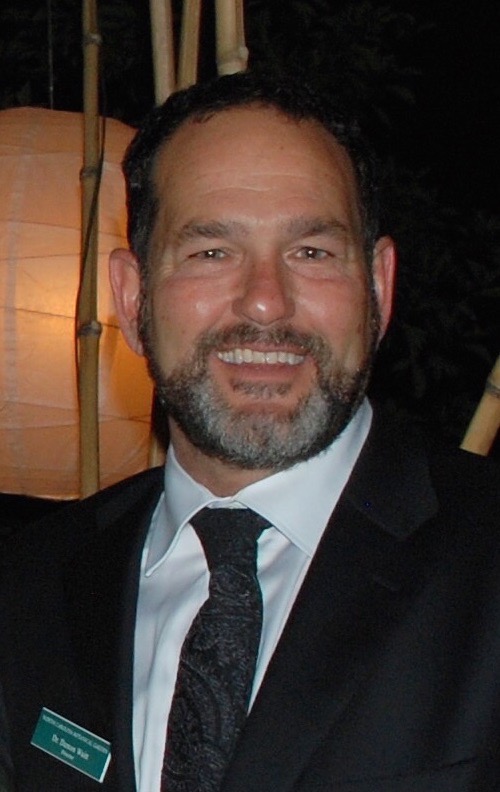
Damon Waitt
Director, North Carolina Botanical GardenAfter the Fires: Seed Banking Goodding's Onion on USFS Lands
Wildfires can have a devastating impact on rare plants, destroying habitats and causing population declines for species that are already under threat. Such is the case for Goodding’s onion (Allium gooddingii), a rare species of wild onion found in high-elevation mixed conifer woodlands in the mountains of Arizona and New Mexico. This species has demonstrated difficulty recovering from wildfire events. NatureServe ranks Goodding’s onion as imperiled (G2), and the US Forest Service rates it as sensitive in Arizona and New Mexico. It has been a candidate for listing by the U.S. Fish and Wildlife Service, but is not currently listed as federally threatened or endangered.
Preferring the deep shade provided by mature trees in their habitat, Goodding’s onion populations have been heavily impacted by wildfires in recent years. In 2020 alone, Arizona experienced 2,520 wildfires (65 larger than 1,000 acres) and New Mexico experienced 543 wildfires (13 larger than 1,000 acres). Several of these wildfires were classified as high-severity burns that scorched the soils and killed every tree—effectively destroying the habitat and environmental conditions that Goodding’s onion needs to survive and thrive. Such a drastic change in landscape also allows primary succession species, such as New Mexico locust (Robinia neomexicana) and Quaking aspen (Populus tremuloides), to dominate the space, further restricting Goodding’s onion in areas where it was once abundant. The rise of wildfires in the American Southwest as a result of climate change make it imperative to conserve seeds of this imperiled species in long-term storage for use in future forest restoration projects.

Happily, the Center for Plant Conservation (CPC) was awarded funding as part of a five-year agreement with the US Forest Service (USFS) to support strategically rare plant populations located on Region 3 USFS land, securing them in conservation-quality seed collections through CPC’s network of botanical gardens. In Spring 2021, USFS Regional Botanist Dr. Kathryn Kennedy identified Goodding’s onion as a priority species for these seed collections—specifically due to the population declines the species has experienced in recent years following wildfire events. The Arboretum at Flagstaff, a CPC Participating Institution, has over 37 years working with Goodding’s onion. Three collections of seeds in long-term storage from the 1980s and an ex situ population cultivated at their botanic garden make the Arboretum an ideal partner to collect new seeds of this species to refresh the collection.
“For the past several years, CPC’s work with the Forest Service has focused on securing rare species not previously in conservation seed collections,” shared Dr. Katie Heineman, CPC’s Vice President of Science & Conservation. “This project, however, is an important reminder that seed collection priorities for ‘secure’ species need to be revisited in response to imminent threats—such as the devasting wildfires in Arizona—and as seed collections begin to age.”
In summer 2021, the team from the Arboretum at Flagstaff visited over a dozen historical populations of Goodding’s onion affected by recent wildfires and made three conservation seed collections according to CPC Best Practice Guidelines. They also coordinated the storage of seven additional collections made by USFS partners and the Navajo Nation Heritage program. The National Forests represented by these collections include Apache Sitgreaves National Forest, Coronado National Forest, and Lincoln National Forest. All of the seeds were sent for safety duplication to the National Laboratory for Genetic Resources Preservation (NLGRP) in Fort Collins, CO. In total, this project has resulted in the banking of ten seed accessions from nine wild populations, totaling 7300+ seeds from more than 800 maternal plants.
“It has been startling to see all the damage from the major wildfires in the Goodding’s onion habitat,” said Sheila Murray, Conservation Botanist at The Arboretum at Flagstaff. “Many of the populations that we had been to in the past were completely consumed by wildfire. We were however able to secure seeds from nearby known populations and a few newly discovered populations. We hope that these burned areas will eventually recover enough in the future to support the species once again.”
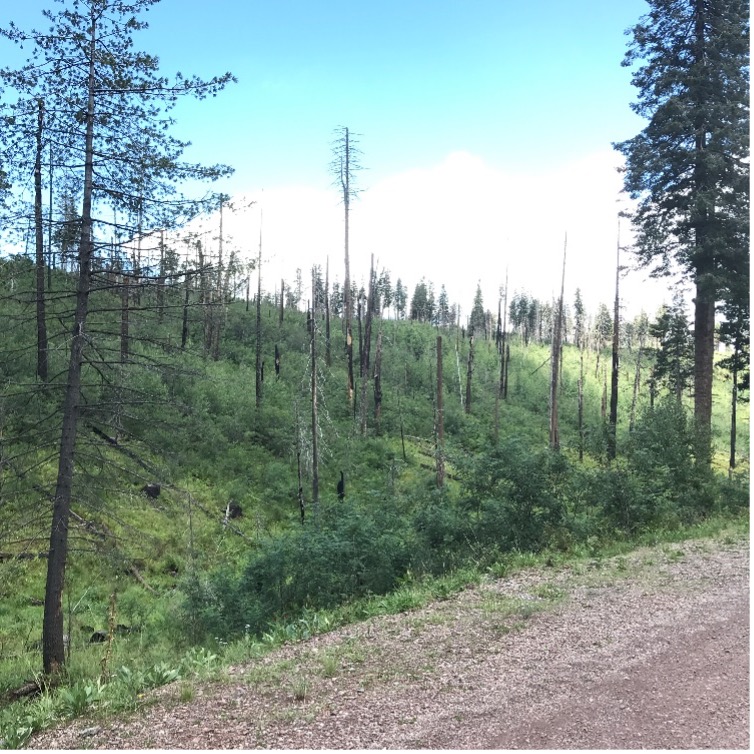
As next steps for this ongoing partnership with the USFS, CPC will continue working in 2022 with the Arboretum at Flagstaff’s team to make further seed collections of Goodding’s onion or the vulnerable Arizona Sneezeweed (Helenium arizonicum). CPC will also partner with the Institute for Applied Ecology to make a seed collection of a to-be-determined species. Seed banking remains a fundamental conservation action to protect and preserve rare and imperiled plant species in the face of myriad threats. It is through partnerships like this that CPC’s network can be most effective in our shared mission to Save Plants from extinction.
2022 Catherine H. Beattie Fellowship in Conservation Horticulture Awardees
Each year, The Garden Club of America (GCA) and the Center for Plant Conservation (CPC) award the Catherine H. Beattie Fellowship in Conservation Horticulture to graduate students in biology, horticulture, or a related field. The purpose of the award is “to promote conservation of rare and endangered flora in the United States, with preference given to students whose projects focus on the endangered flora of the Carolinas and southeastern United States.” The fellowship was established to honor Catherine H. Beattie, who served as a director and board member of the GCA and as president from 1981 to 1983. The first fellowship was given by the Fullerton Foundation in 1983.
The Fellowship provides one annual research grant of up to $4,500 as compensation for work at a botanical garden, jointly serving the program of CPC and the student’s curricular studies.
This year, we are thrilled to award the Catherine H. Beattie Fellowship in Conservation Horticulture to Kira Lindelof and Thomas Wiegand.
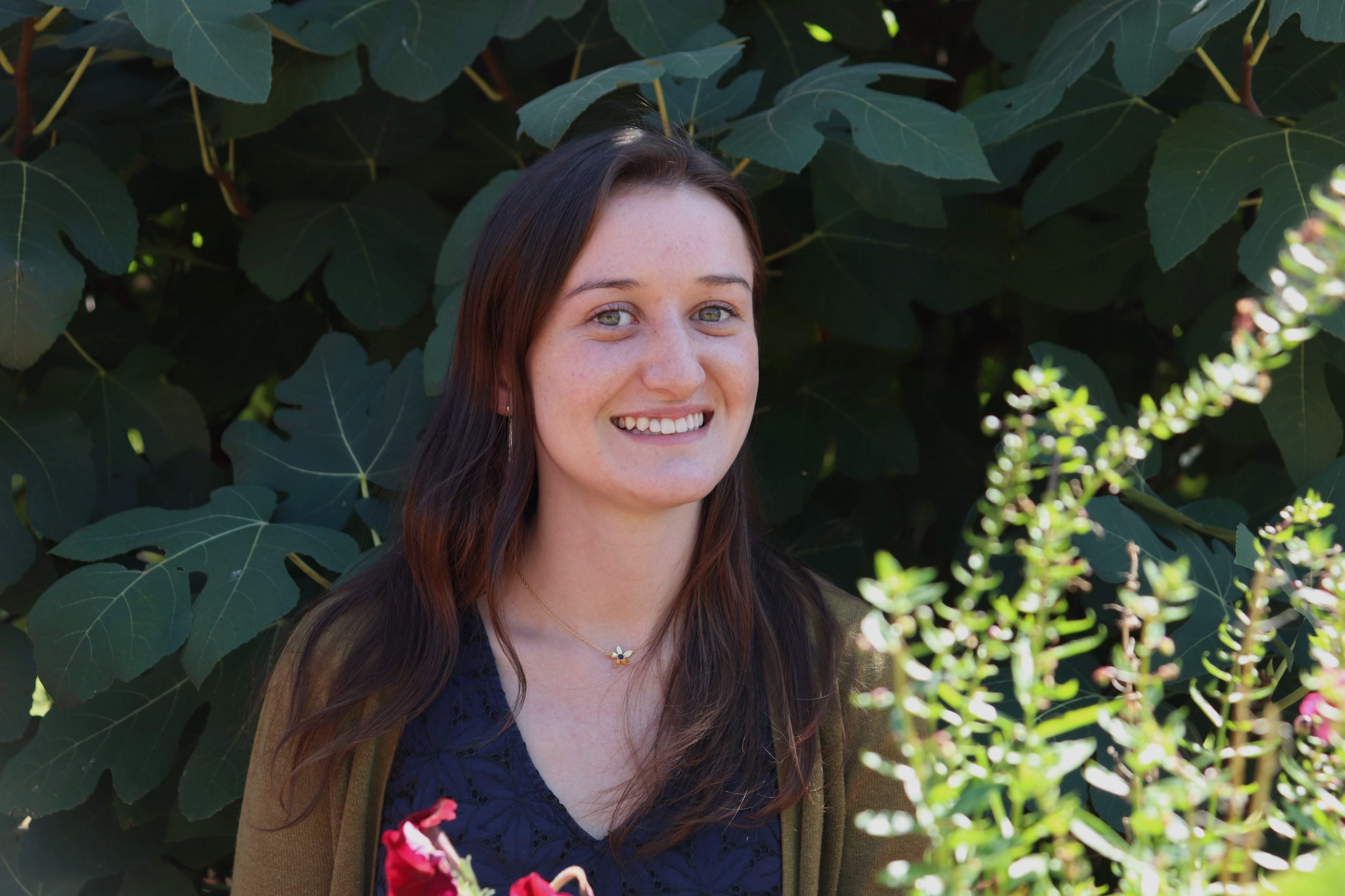
Kira Lindelof
Project: Examining the Roles of Temperature, Precipitation and Soil Type on the Growth of the Endangered Houstonia montana (Rubiaceae).
Kira Lindelof is a doctoral student in the Department of Plant and Microbial Biology at North Carolina State University. She received her bachelor’s degree at the University of North Carolina at Asheville, where her passion for rare plant conservation began. Her dissertation research is broadly focused on the conservation biology of the endangered Roan Mountain Bluet (Houstonia montana) – a rare herb endemic to high-elevation rocky summits of the Appalachian Mountains. Using genomic, field, and growth chamber studies, Kira aims to expand the current understanding of the species’ ecology with the intention to guide conservation and management efforts.
Thomas Wiegand
Project: Measuring growth plasticity in response to light in two rare Asters: to investigate the ability of two rare asters, Helianthus verticillatus and H. longifolius, to successfully acclimate to varied light conditions through plastic responses.
Thomas Wiegand is pursuing a master’s degree in environmental science at the University of Tennessee at Chattanooga, under the advisement of Dr. Jennifer Boyd, and is supported by the National Science Foundation’s Graduate Research Fellowship Program. His research focuses on the ecological and evolutionary drivers of plant rarity, with a current focus on rare, native sunflower species. His work compares plasticity in rare and common congeners (plants of the same genus) that are subjected to various environmental stressors associated with habitat loss, land-use change, anthropogenic climate change, and other factors influencing the persistence of native rare plants.
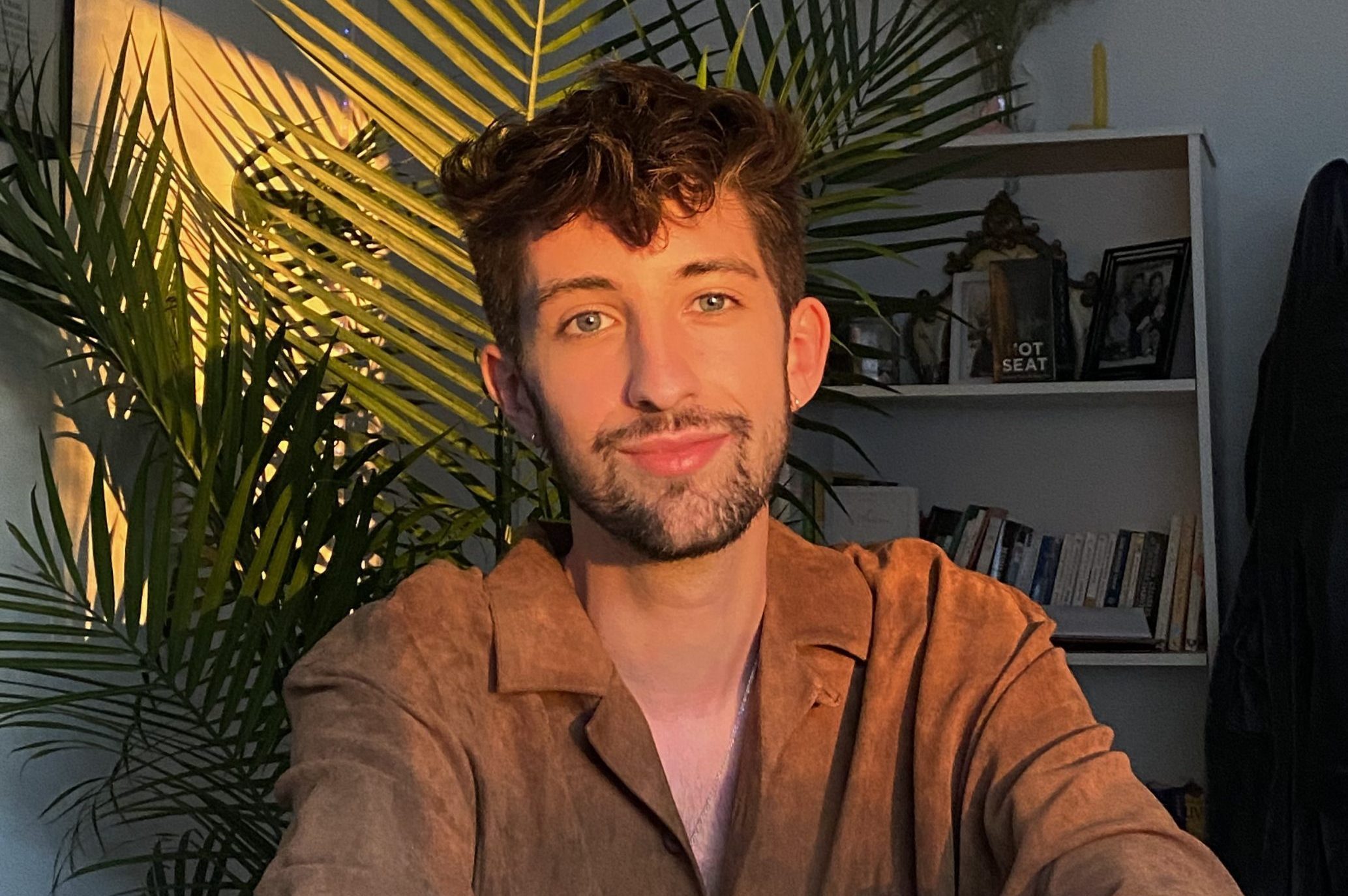
Now Hiring: President & CEO of CPC
We are thrilled to announce the search for the Center for Plant Conservation’s next President and Chief Executive Officer. The President and CEO will lead CPC’s operations and strategic initiatives to create significant, wide-ranging impact on rare plant conservation and environmental resiliency.
We are seeking a visionary leader to move the organization forward in its mission to conserve rare plants and support global environmental resiliency. Working collaboratively with an engaged Board of Trustees, the President and CEO is responsible for stewarding the organization’s ongoing operations, its long-term strategy, and financial security. Leading a dedicated team of staff, the President serves as the voice and face of the organization, frequently communicating with both public and scientific audiences. CPC’s leader oversees the development of CPC programs and maintains strong, mutually reinforcing relationships with a dynamic, cohesive network of partner institutions whose research and initiatives form the foundation of CPC’s work.
The Center for Plant Conservation is a one-of-a-kind network that unites leading plant conservationists from botanical gardens, arboretums, and other plant- and conservation-focused organizations to work collaboratively to save imperiled plants throughout their native range in the United States and internationally. We seek a champion for plant conservation and environmental resiliency to serve as CPC’s next President and Chief Executive Officer and to lead CPC’s operations and strategic initiatives.
Focus Areas
- Organizational Leadership, Strategy, and Management
- Staff Leadership
- Board Relations
- Financial Management and Fundraising
- Communications and Outreach
- Program Oversight
- Relationship Building, Collaboration, and Network Management
Location
CPC’s headquarters is located at the San Diego Zoo Safari Park in Escondido, California, operated by the San Diego Zoo Wildlife Alliance, a CPC Participating Institution. Periodic remote work is possible. Regular travel is expected.
Start Date
Late Fall 2022
Detailed Position Information
The complete Position Specification can be found here.
To Apply
Please visit the Protrero Group website and select “Apply.”
Interested candidates should apply by August 1, 2022, for priority consideration. Applications should include a resume and a cover letter describing your qualifications that match the position criteria and what you will bring to the role.
Please contact Potrero Group Managing Director, Andrew Leider at aleider@potrerogroup.com with any questions.
National Collection Spotlight: San Luis Obispo Mariposa Lily
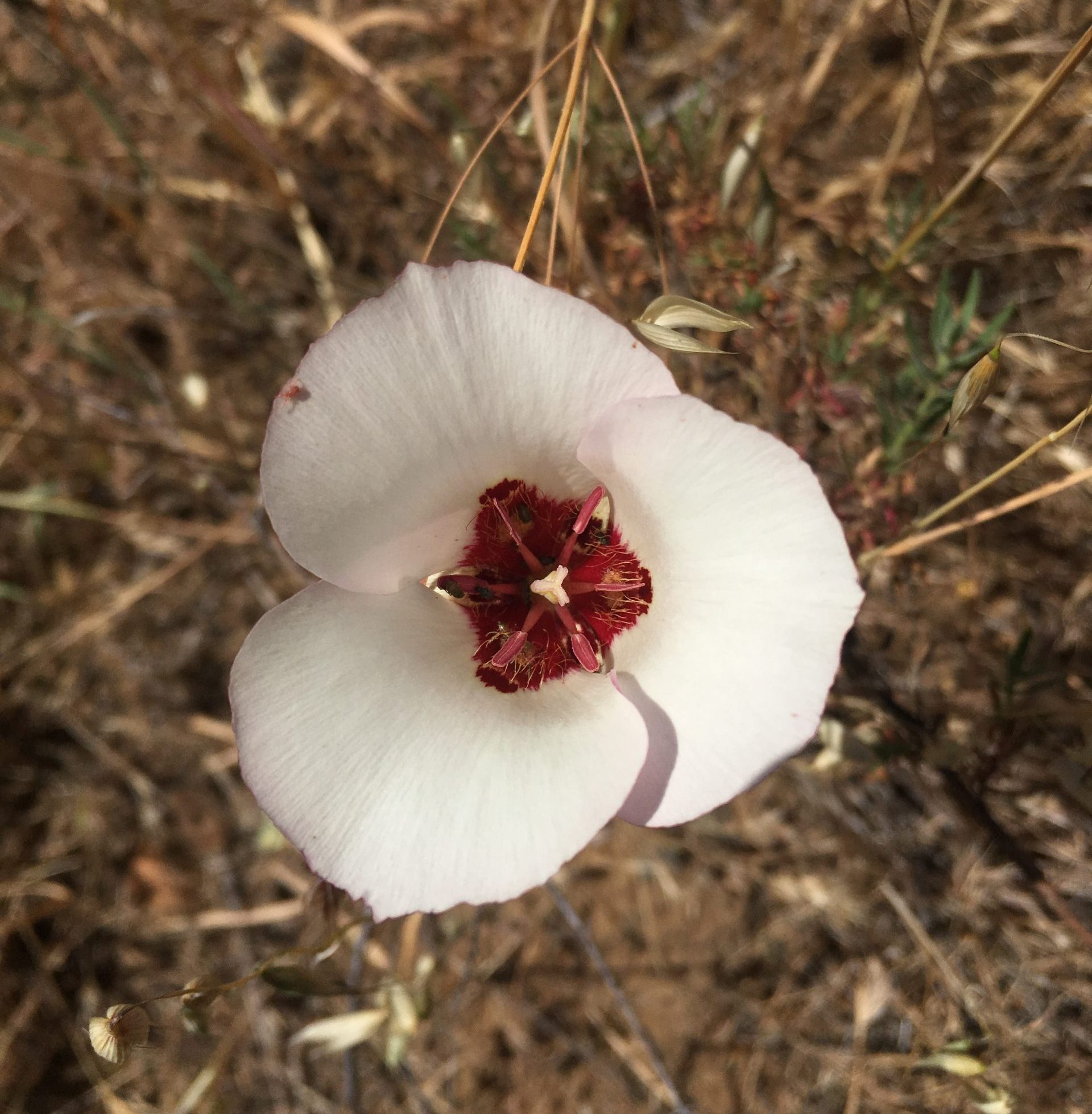
Endemic to San Luis Obispo County on California’s central coast, the San Luis Obispo mariposa lily (Calochortus simulans) is a perennial bulb featuring three delicate white or yellow petals, basal hairs, and a nectary in the dark red spot at the base of the petal. This rare plant grows in sandy soils in grassland, chaparral, and yellow pine forest.
In 2019, the Santa Barbara Botanic Garden made conservation seed bank collections at two different populations of Calochortus simulans. One site had a prolific bloom that particular year, with over 400 individuals observed. Although the other site had recently burned, the lilies seemed to do well on an open slope among lupines and other fire-following native annuals and herbaceous perennials. Invasive annual grasses, occurring with high cover and density at both sites, are the biggest perceived threat to these populations. Both populations are also in or near recreation areas, so trampling and collecting could pose a risk during certain times of the year. Additional seed collections have been made as part of the California Plant Rescue initiative.
Learn more about the conservation actions for the beautiful San Luis Obispo mariposa lily on its National Collection Plant Profile, and support its conservation with a Plant Sponsorship.
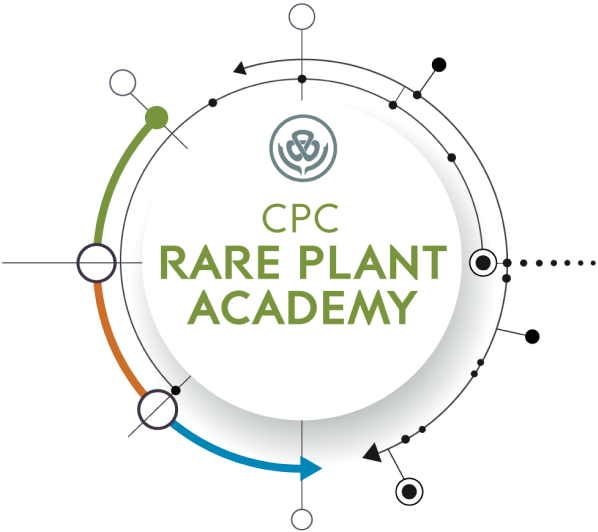
As Seen on CPC’s Rare Plant Academy: Community Feedback Survey
The Center for Plant Conservation’s Rare Plant Academy (RPA) is a hub of learning, sharing, and discovery for the plant conservation community. The RPA serves as a training ground for the next generation of plant conservation scientists, who will be the first line of defense against plant extinction.
This community survey asks about your experience using several RPA resources, including the CPC Best Practices for Species Survival in the Wild, the Video Library, and posting tools such as the community forum.
Your feedback is important to us. A few minutes of your time will help us improve the Rare Plant Academy, to better serve our community working to Save Plants!
Take the survey!
Get Updates
Get the latest news and conservation highlights from the CPC network by signing up for our newsletters.
Sign Up Today!Ways to Help CPC

Support CPC By Using AmazonSmile
As many of us increasingly rely on home delivery, we want to remind you that you can keep your home stocked AND Save Plants. If you plan to shop online, please consider using AmazonSmile.
AmazonSmile offers all of the same items, prices, and benefits of its sister website, Amazon.com, but with one distinct difference. When you shop on AmazonSmile, the AmazonSmile Foundation contributes 0.05 percent of eligible purchases to the charity of your choice (Center for Plant Conservation).
There is no cost to charities or customers, and 100 percent of the donation generated from eligible purchases goes to the charity of your choice.
AmazonSmile is very simple to use—all you need is an Amazon account. On your first visit to the AmazonSmile site, you will be asked to log in to your Amazon account with existing username and password (you do not need a separate account for AmazonSmile). You will then be prompted to choose a charity to support. During future visits to the site, AmazonSmile will remember your charity and apply eligible purchases towards your total contribution—it is that easy!
If you do not have an Amazon account, you can create one on AmazonSmile.
Once you have selected Center for Plant Conservation as your charity, you are ready to start shopping. However, you must be logged into smile.amazon.com—donations will not be applied to purchases made on the Amazon.com main site or mobile app. It is also important to remember that not everything qualifies for AmazonSmile contributions.
When ordering online, remember you can still help Save Plants. Please feel free to share this email with your friends and family and ask them to select Center for Plant Conservation.
Thank you all for ALL you do.
Donate to CPC
Thank you for helping us save plant species facing extinction by making your gift to CPC through our secure donation portal!
Donate Today


